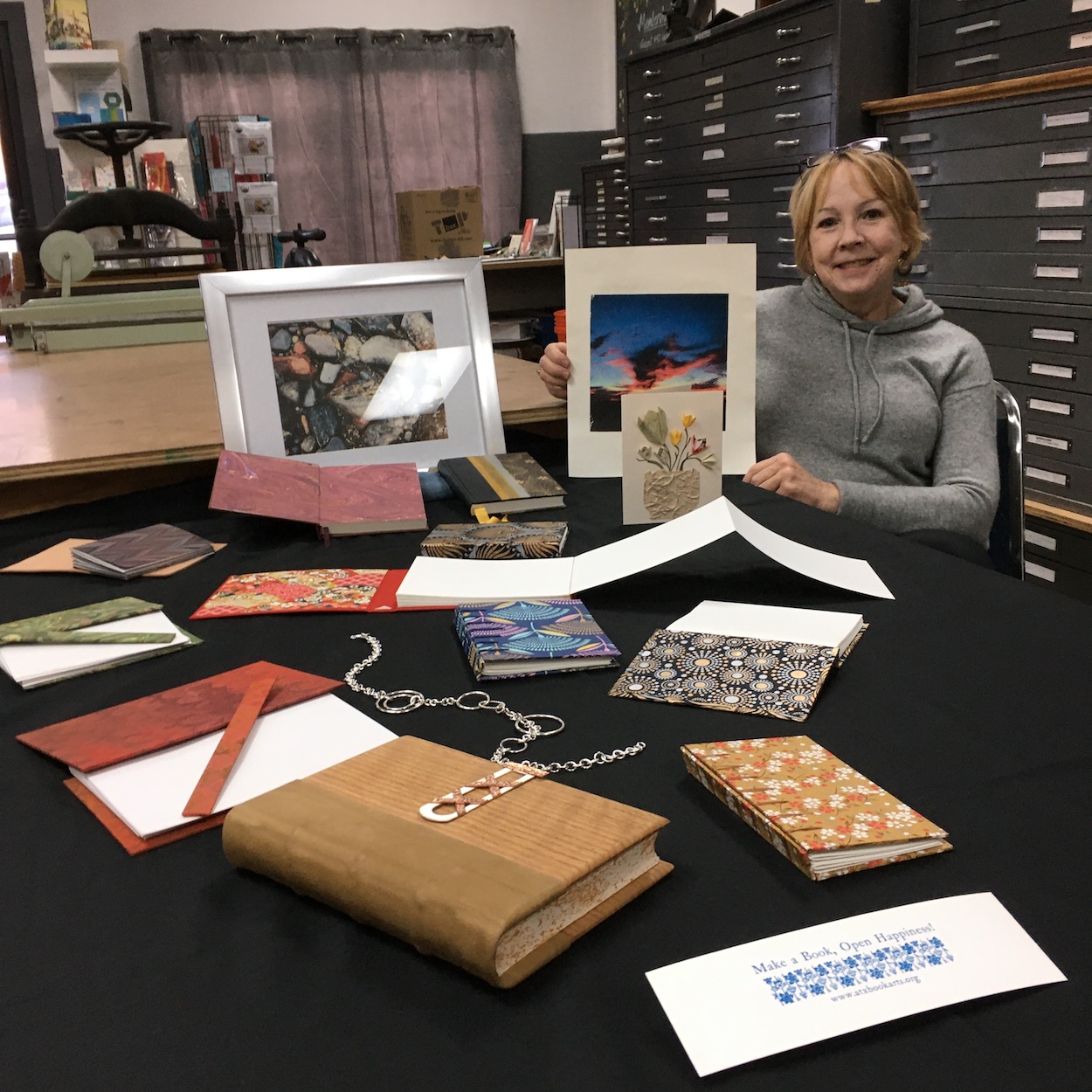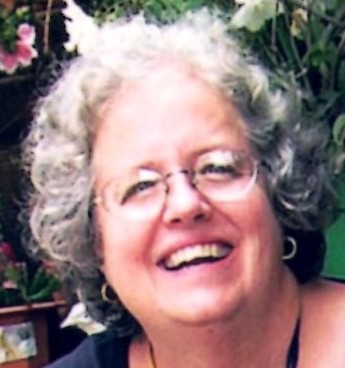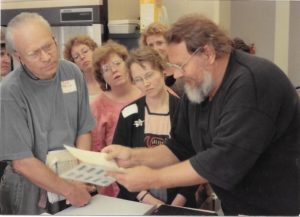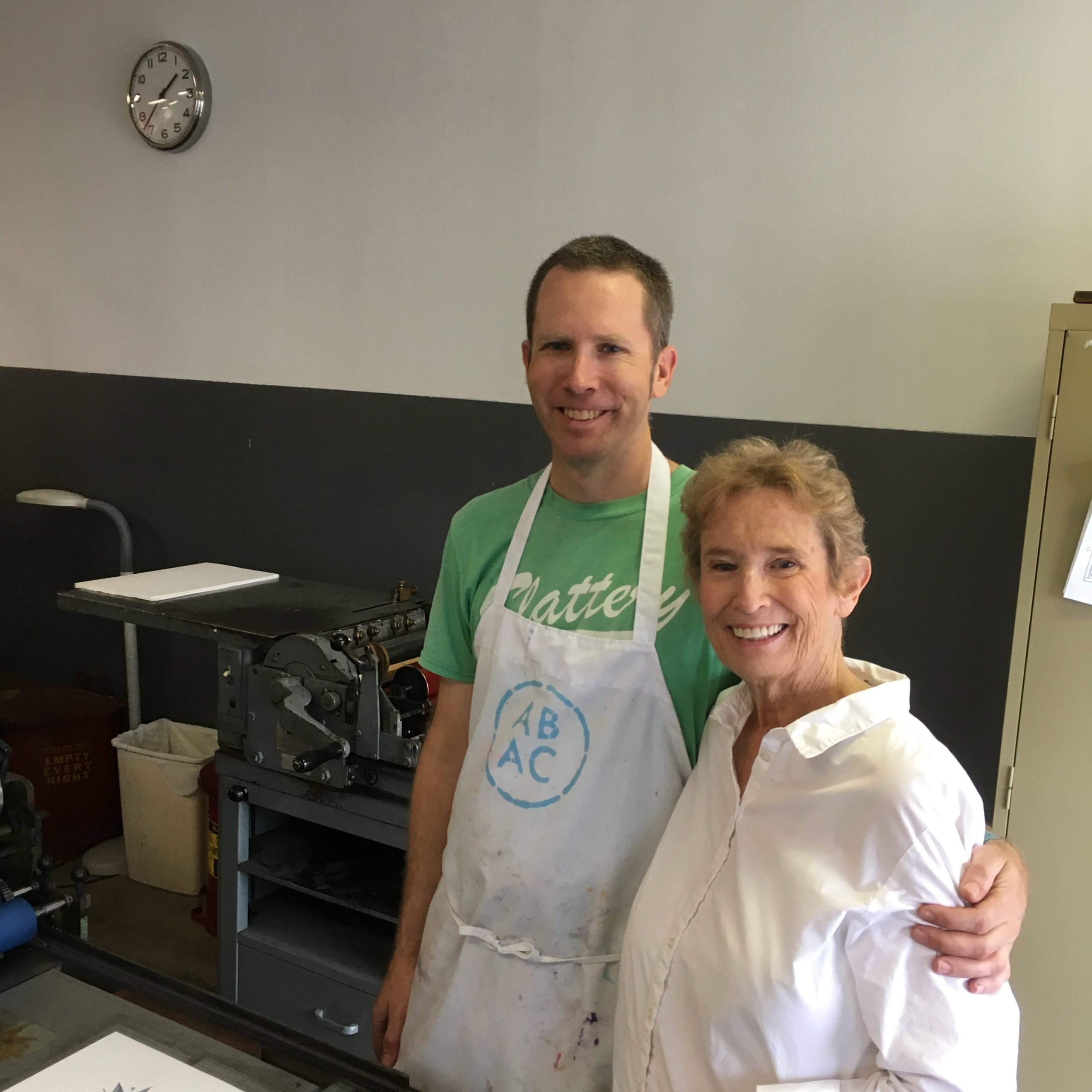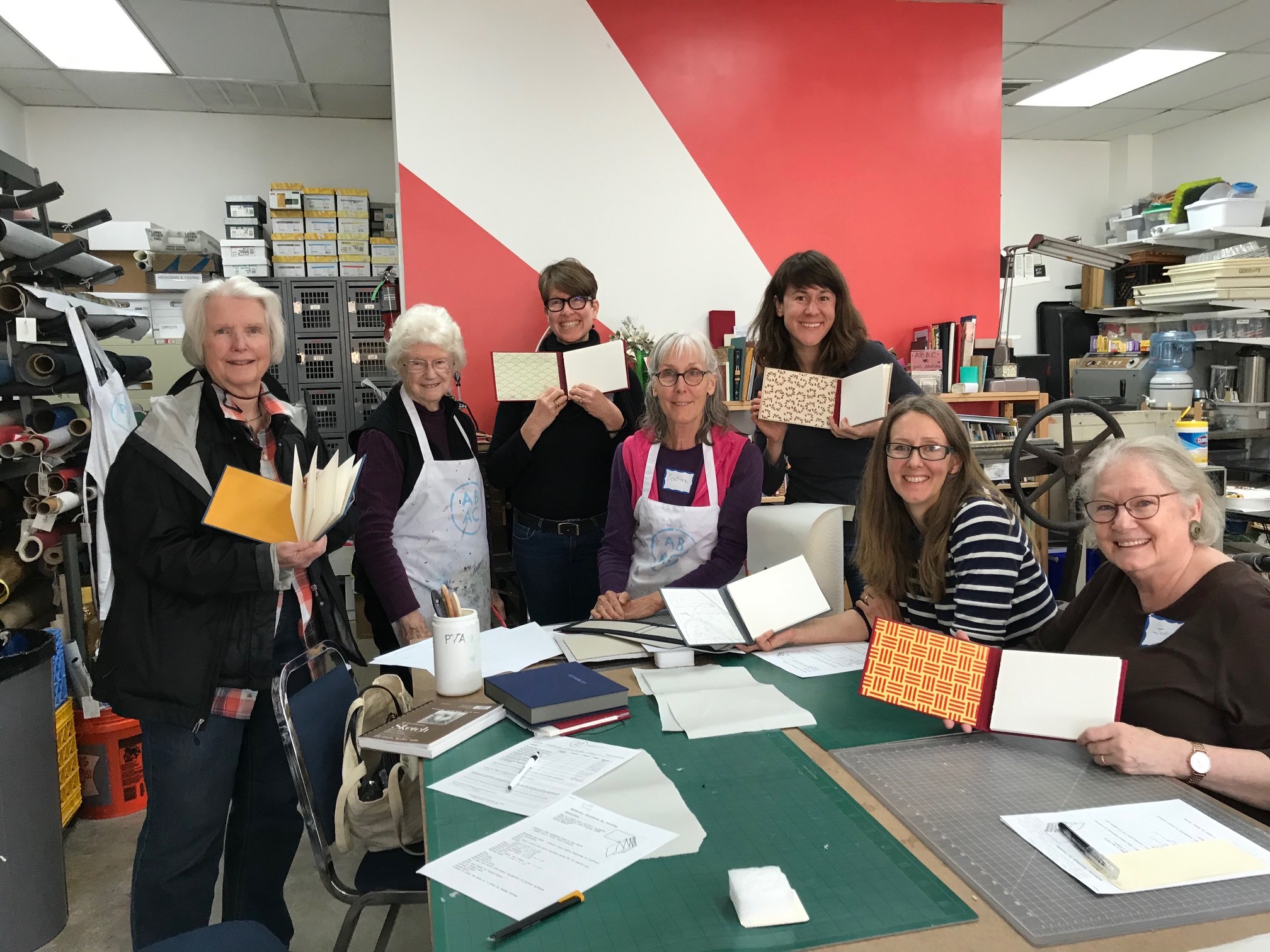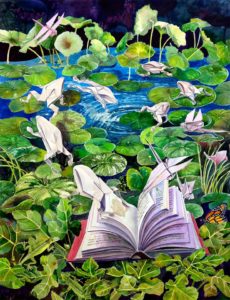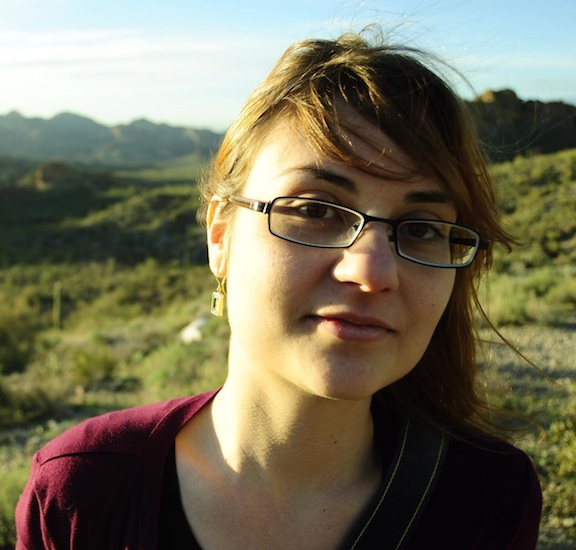What is your musical background?
We had a close family friend who was a harpist, so I decided that was my calling while still in elementary school. My parents attempted to distract me with piano lessons and finally capitulated when my school obtained a harp. I was able to begin lessons in the 5th grade.
My undergraduate and graduate degrees are in harp performance, and I’ve been fortunate to make a living as a performing (and now teaching) artist. Early in my career I performed with many of the touring shows in Central Texas—A Chorus Line, Cats, Evita, The King and I, Dave Brubeck, Ray Charles, Natalie Cole, Bernadette Peters, Doc Severinson, Florence Henderson, and Philip Bailey. In the 80s and 90s in Austin, I performed regularly at the University Club, Ricco’s, The Austin, Headliners, and Metropolitan Clubs, Barton Creek and Austin Country Clubs, The Driskill, and Stephen F Austin Hotels.
At some point, I began looking for new challenges and was fortunate to win auditions to perform as principal with the Waco Symphony (20 years) and second harp with the Dallas Opera Orchestra (16 years). I’ve also been an extra with the Austin and San Antonio Symphonies since the early 1980s. Currently I am the harp professor at the University of Texas Butler School of Music. Formerly I taught at Baylor and Southwestern Universities, Texas A&M in College Station, and Winthrop University in Rock Hill, SC.
Have you performed in different parts of the country?
I was part of a flute and harp duo recognized as “Texas Touring Artists” for a time, and we toured Texas, New Mexico, Illinois, and Wisconsin. As a member of the Austin Chamber Ensemble, I toured The Hague, Lyons and LeMans, France, and Cologne, Germany.
Since becoming a teacher, part of my career trajectory has been to become a Suzuki harp teacher and specialize in teaching very young children. That has given me the opportunity to travel to teach and perform in Canada, Italy, Utah, Washington D.C., California, Wisconsin, Virginia, Tennessee, North Carolina, and Colorado.
How and when did you become interested in book arts?
On one of the studio tours, I found information about classes, and signed up for the introductory ABAC course for teachers. Then Amanda Stevenson contacted me to perform for an ABAC fundraiser and I saw how beautiful and varied the book arts are! Since then, I’ve had the opportunity to study long stitch leather journals, photo transfer to watercolor paper, watercolor sketch books with Amanda Stevenson, case bound books, Secret Belgian Binding and Medieval Bookbinding with Kevin Auer. Our Medieval class was just ending and we were scheduled to start paper marbling as the pandemic shut things down. When ABAC pivoted to offer online classes, I kept busy with those and my own inventions.
I have a jewelry studio at home and I’m taking baby steps into making book furniture for the Medieval books we made in Kevin’s class.
What do you enjoy about book arts as opposed to other art forms?
I suppose that I enjoy first that book arts are art of a more permanent nature. You can see and hold it. Music is temporal. You play it and it’s gone. Yes, it’s possible to record music, but it doesn’t have the same energy and magic as the interaction with a live audience.
Then, I like that my skills as a jeweler seem to transfer to the book arts. Careful measuring and cutting straight lines is second nature. Originally I thought that working with paper would be less expensive than precious metals. Hah! Little did I know how easy it is to go down the rabbit hole of finding beautiful paper. I’ve just ordered some beautiful marbled paper from Canadian Robert Wu.
I like the tactile aspect of making something with my hands and being able to show it to others when it is finished. And, I like finding ways to upcycle materials by making my own paper from random bits, making book cloth from fabric, and finding recycled materials at ACR to use as book board.

